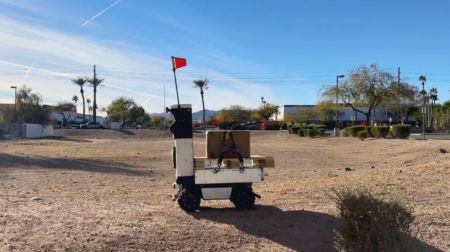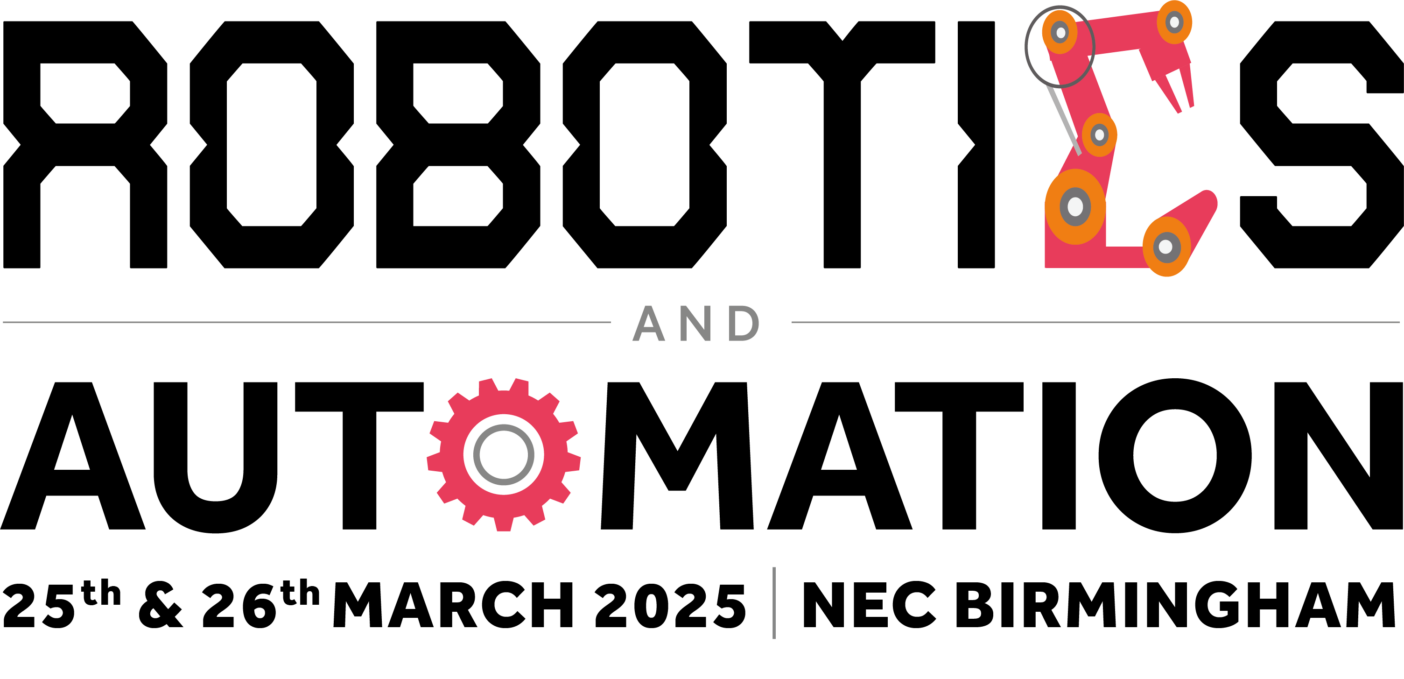Highways experts are developing automated vehicle technology to eliminate the need for workers to manually place traffic cones on motorways and major A roads.
Two automated cone-laying vehicles are being developed with testing due to get under way next month at a centre in Lutterworth, Leicestershire.
During the trial, the vehicles must be able to lay and collect at least 400 cones at a rate of one every 10 seconds.
If the tests prove successful the vehicles could be in use by the end of 2020.
Highways England is funding £1.27m to the project through the Innovation Designated Funds programme and establishing a minimum standard.
Criteria stipulates that not only must the machines offer a safer method for highways workers, they must be safe for all road users and pose no further risk to traffic.
Kier, HW Martin Traffic Management, Highway Care and King Highway Products are developing the vehicles.

Martin Bolt, group leader, Highways England, who oversees innovation in the Midlands, said: “By taking out the human element in the laborious task of putting out cones, we will be taking out an element of potential risk.
“As well as taking away this physical labour, these automated machines could also save valuable person hours and allow us to redeploy the workforce to other traffic management duties.”
Putting out cones is currently undertaken by two people on the rear of a vehicle working in tandem.
The majority of this work is undertaken at night and carried out in most weathers.
An average 1m-high cone weighs approximately 10kg.
According to Highways England, a single kilometre of coning takes approximately 15 minutes to install and remove, resulting in an exposure time to live traffic of approximately two hours per shift.
Footage released by Highways England (see video below) shows the dangers involved in workers putting cones out.
The footage shows vans and lorries rushing by, often beeping their horns, as workers manually lift and place the cones.







